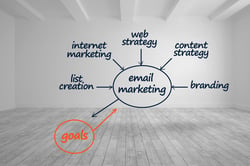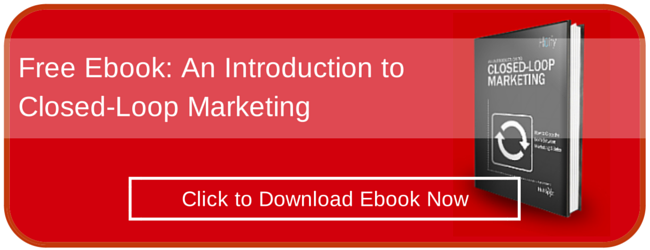 Email marketing remains a highly effective way to turn potential customers into success stories for your company, but only if you do it right. When you consider how many emails we all get every day, you simply can’t risk sending one that isn’t optimized to bring in business.
Email marketing remains a highly effective way to turn potential customers into success stories for your company, but only if you do it right. When you consider how many emails we all get every day, you simply can’t risk sending one that isn’t optimized to bring in business.
The following best practices should be immediately implemented to give your emails the highest chance of landing.
Invest in Software
Simply put, without email marketing software, your campaign will fail. It would be nearly impossible to send out the hundreds, if not thousands of emails you have to deliver in order for a campaign to work if you tried doing it manually.
Still, software that allows you to do nothing more than click “send” and have your message go out isn’t worth the money. For one thing, you’ll most likely get shut down by SPAM blockers. You need software that will send your messages out piecemeal, so this doesn’t happen.
On top of that, you definitely want software that comes with reporting. You have to know which emails are getting opened, how often they’re getting opened, which are getting deleted, which are providing click-throughs, etc.
 Create Amazing Headlines
Create Amazing Headlines
As we mentioned at the beginning, most people get at least a dozen emails a day. Why should someone open yours? Even if a potential customer is interested in your email, you don’t want to run the risk that they may get to it eventually. You want them to feel that they have to pen that email immediately.
Creating headlines that get emails opened is an art and will most likely take some practice. Keep the titles short, but make sure they are exciting. Most importantly, don’t ever promise anything your email won’t deliver.
 Vet Your List
Vet Your List
Unlike physical mail, sending emails out doesn’t involve substantial overhead. There’s your software price and the cost of someone handling your campaign. Still, that doesn’t mean you want to send emails to hundreds of thousands of people if only a few hundred are actually interested.
Creating your email list should be a process you take very seriously. This is the beginning of your sales funnel, which means it has the potential to make or break the rest of it. Exclusivity is valuable all on its own, so don’t let just anybody sign up for your list. Take steps to keep people at bay, so you only end up with a list that your sales team will eventually be able to create customers out of.
Offer Something with Every Email
Inbound marketing is all about earning the trust of your market. Emails can be a great way of doing this. If every email your list gets is just your company trying to sell them another product, you’ll most likely be disappointed by the results.
One very potent way of ensuring your emails get opened is by offering something each and every time. Yes, you can offer products, but do so at a special discount and make this an irregular event. Most of the time, your emails should promise valuable information. Your company, no doubt, has a number of insights that could help people on your list. Trade them for your market’s trust and you’ll be rewarded well in the end.
Let Others Do the Talking
You don’t have to write every email. Sometimes, use your email as a sort of case study. Highlight a customer of yours and tell your list how you were able to help them. Better still, have your actual customer write a testimonial for your email.
Social proof is huge and can sometimes be as welcomed as the valuable information we mentioned above. Case studies are particularly exciting as it shows your customers what they could expect in the future.
Writing a marketing email that converts is something you should take seriously. When you think of all the potential customers on your list, it should become clear that a winning email might be your company’s best shot at raising revenue.


 BACK TO ARTICLES
BACK TO ARTICLES 
 Vet Your List
Vet Your List

